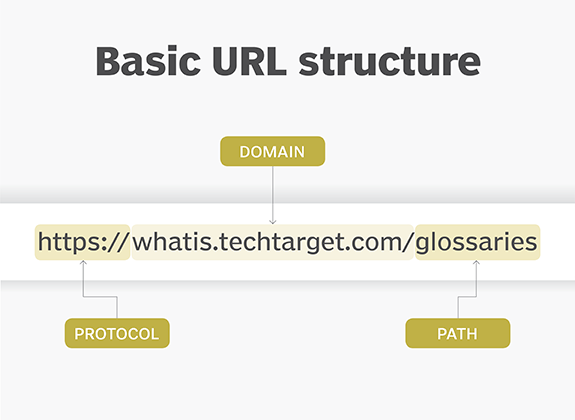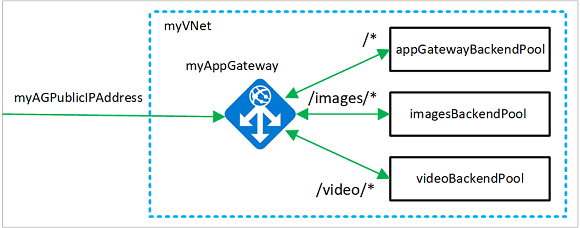

You can help us improve the quality of the title link and snippet displayed for your pages by following Google's title and snippet guidelines. We use a number of different sources for this information, including descriptive information in the title, and meta tags for each page. This helps users decide whether or not to click on a result. Google Images automatically generates a title link and snippet to best explain each result and how it relates to the user query. Consider organizing your image content so that URLs are constructed logically.

To boost your content's visibility in Google Images, focus on the user by providing a great user experience: make pages primarily for users, not for search engines. You can also prevent the image from appearing in search results entirely.
#Url path image easycatalog manual
This behavior is not considered image cloaking and will not result in manual actions. This opt-out is possible at any time, and does not require re-processing of a website's images. Google will still crawl your page and see the image, but will display a thumbnail image generated at crawl time in search results. If the request is coming from a Google domain, reply with HTTP 200 or 204 and no content.When your image is requested, examine the HTTP referrer header in the request.I'm hopping once that is done I will have more options with getting clean, automated product data into InDesign.If you choose, you can prevent the full-sized image from appearing in the Google Images search results page by opting out of inline linking in Google Images search results. I am currently trying to connect our ecommerce product database (2,000 products) to a PIM to improve our product data workflow. Would they need to be proficient in both InDesign and scripting? I dont even know where to start if I could hire someone though. In a perfect world I would have an InDesign consultant knowledgeable with these tools to help establish the best workflow for me. I will look at the options you suggested. Im guessing Datamerge/XML will work for the majority of the easy text info, and then I will need to manually place/link the fitment tables for each applicable product.
#Url path image easycatalog how to
I struggle with how to address getting product fitment tables/charts into indesign though. (I spent 6 hours watching videos on how to import XMLs into InDesign and map it to templates using tags).

Sadly, I don't have any scripting skills, I have only been working with InDesign for about 6 months, and I only have basic understanding of the XML capabilities in Indesign.


 0 kommentar(er)
0 kommentar(er)
